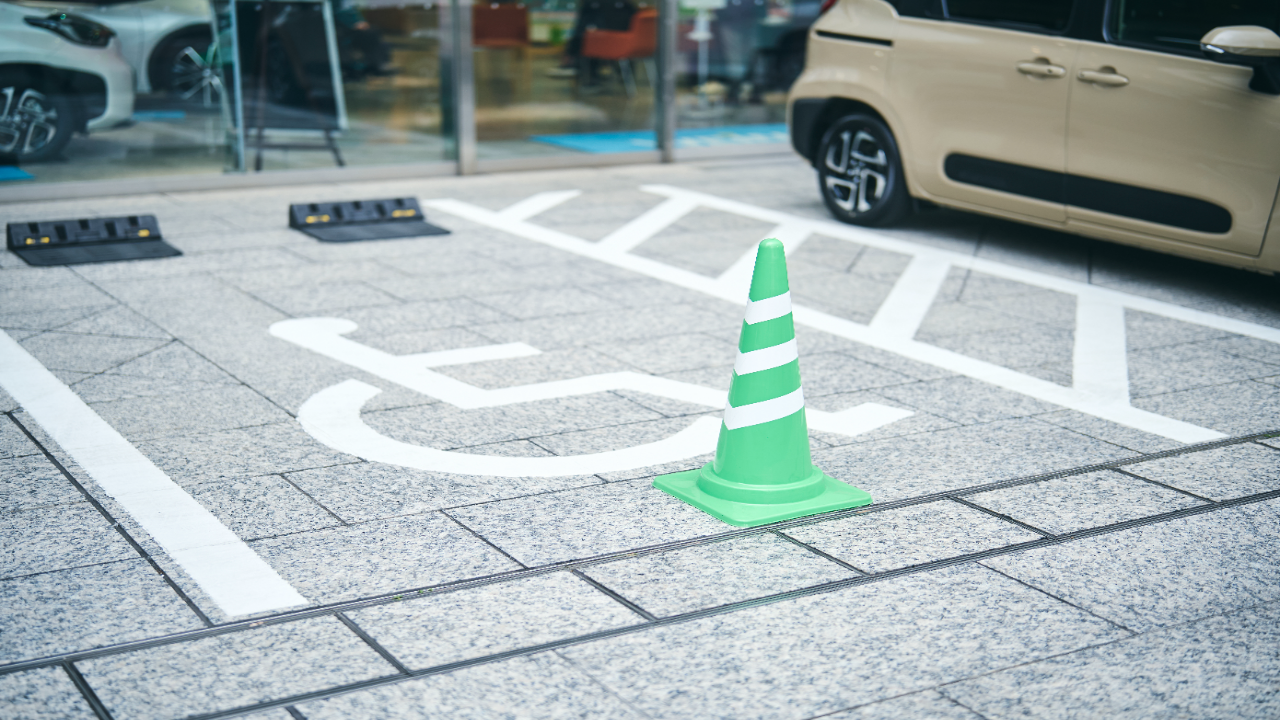
What little-known habit causes trouble for around 90% of wheelchair users? Toyota Times shares some surprise findings.

In Japan, nearly 200,000 wheelchair users are thought to drive their own
cars
※
.
They can drive unassisted and get in and out independently. With hand-operated gas and brake pedals, from the outside these cars look just like any other vehicle. And yet for wheelchair users, the parking lot presents many problems of which few others are aware.
In this article, we bring these little-known facts to light in hopes of making readers better informed and more considerate of the challenges faced by others.
※Nationwide, approximately 185,000 people hold conditional licenses for vehicles designed for physically disabled drivers
A problem plaguing 90% of wheelchair users
First up, we spoke with Tomoki Suzuki, a para-athlete and Toyota employee.
We caught up with Suzuki at Toyota Heartful Plaza Yokohama (operated by WEINS Toyota Kanagawa), a dedicated display space for Toyota’s range of Welcab vehicles. The photo below was taken on location—what do you notice?
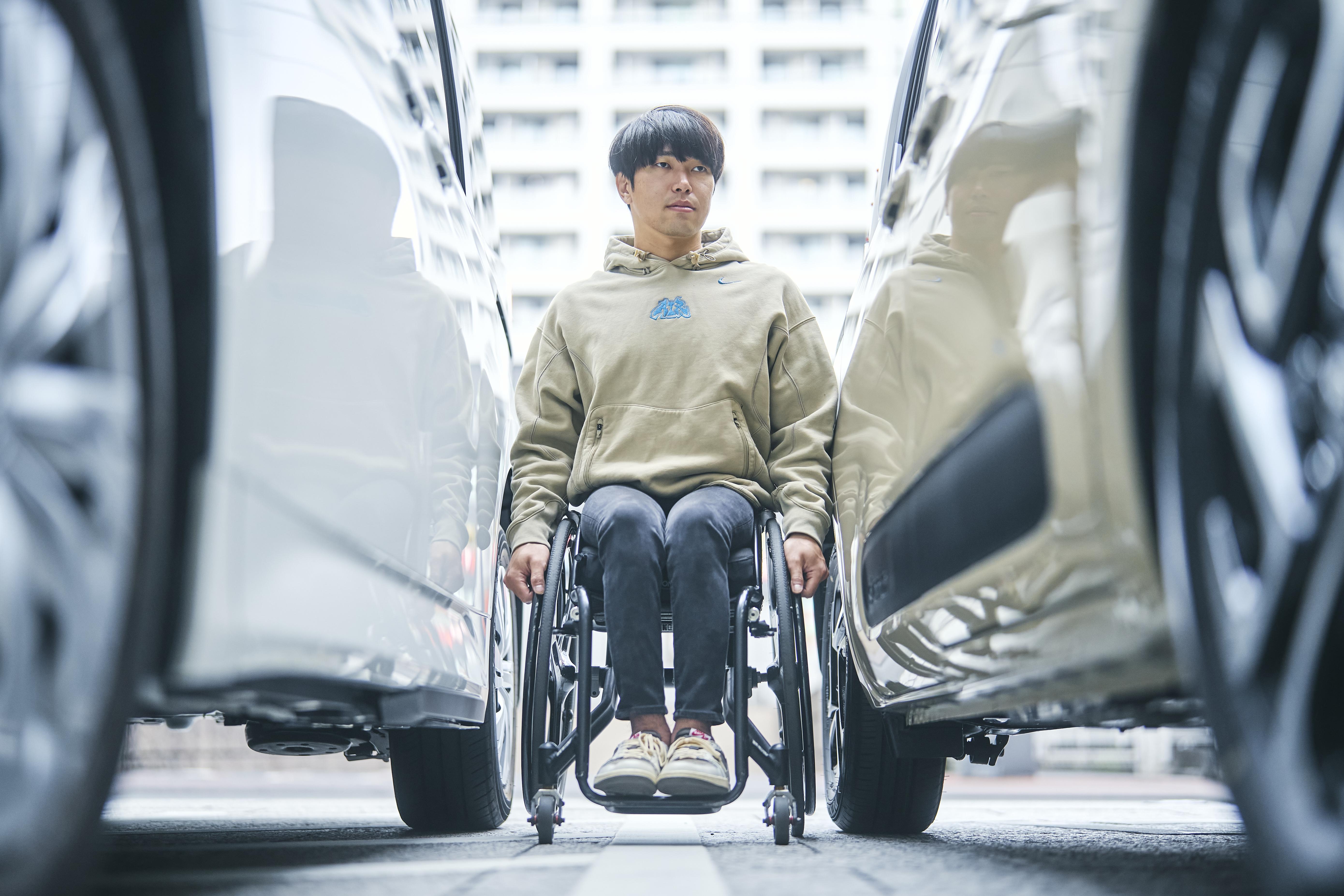
Here’s the same scene from behind.
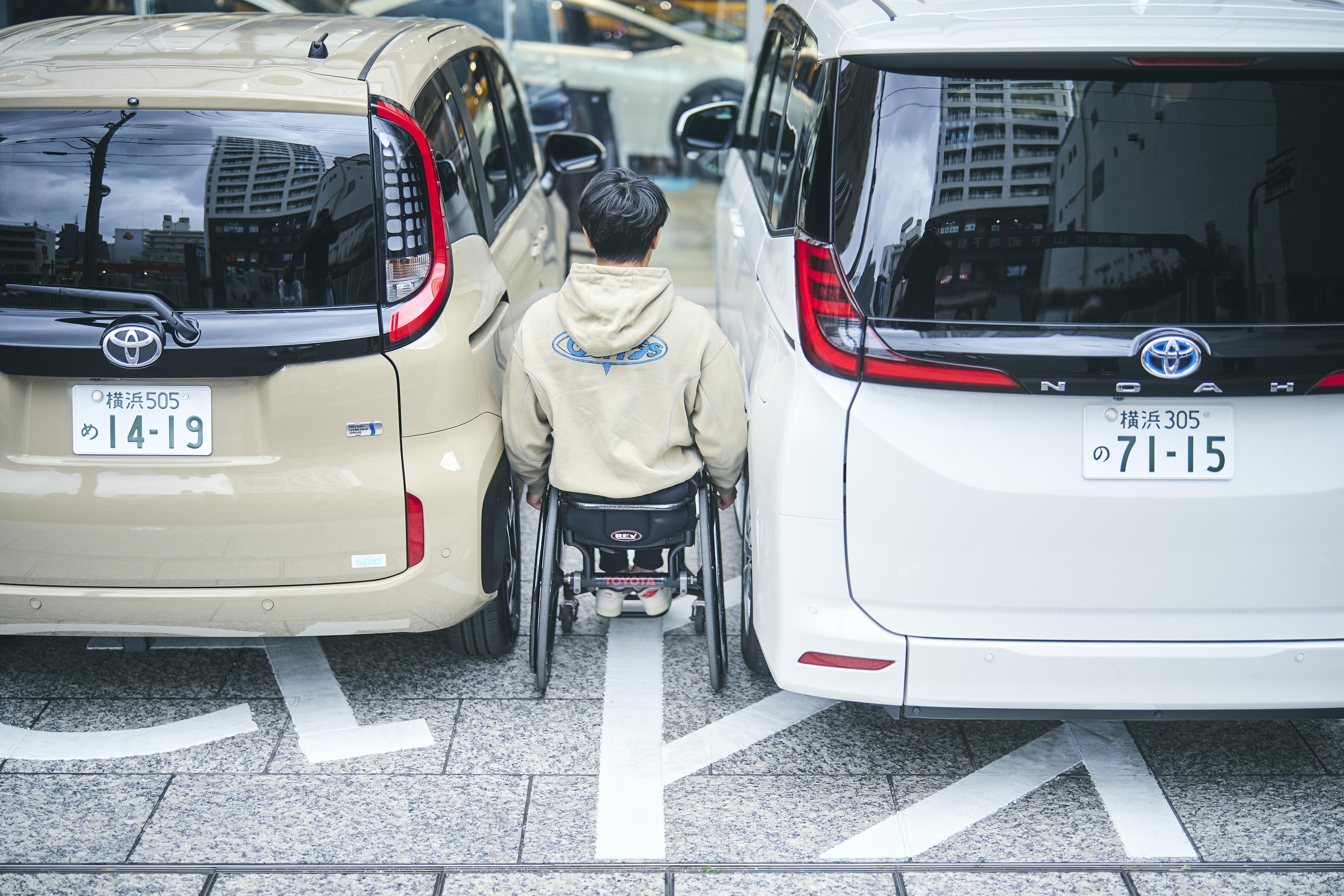
Readers will no doubt be familiar with handicapped parking spaces, as indicated by the wheelchair symbol. These are intended for use by wheelchair-bound drivers.
Whereas a typical parking bay is about 250 cm wide, these spaces allocate at least 350 cm. They also feature diagonally striped “zebra zone” areas which add another 140 cm or more. Because of the generous size, cars can often be found parking in or across these areas.
As the video below shows, even a Tokyo 2020 Paralympic bronze medalist like Suzuki needs to fully open their door to get in or out of the car. That’s where the zebra zone comes in.
Suzuki
Along with Suzuki, two other wheelchair users also joined us that day: Masato Yamada and Yoshinori Nakagaki from Toyota Loops, a special Toyota subsidiary that is expanding employment opportunities for people with disabilities.
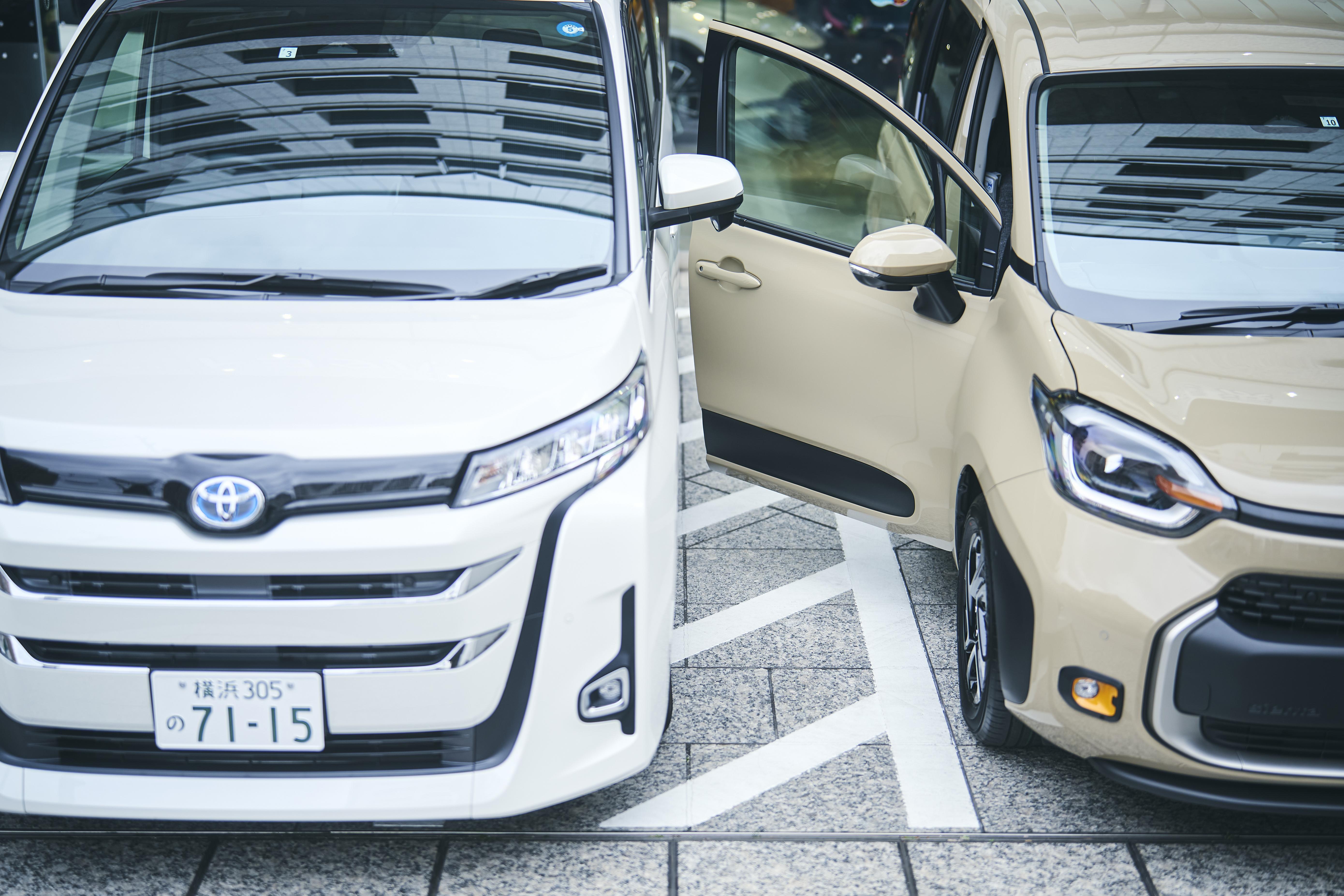
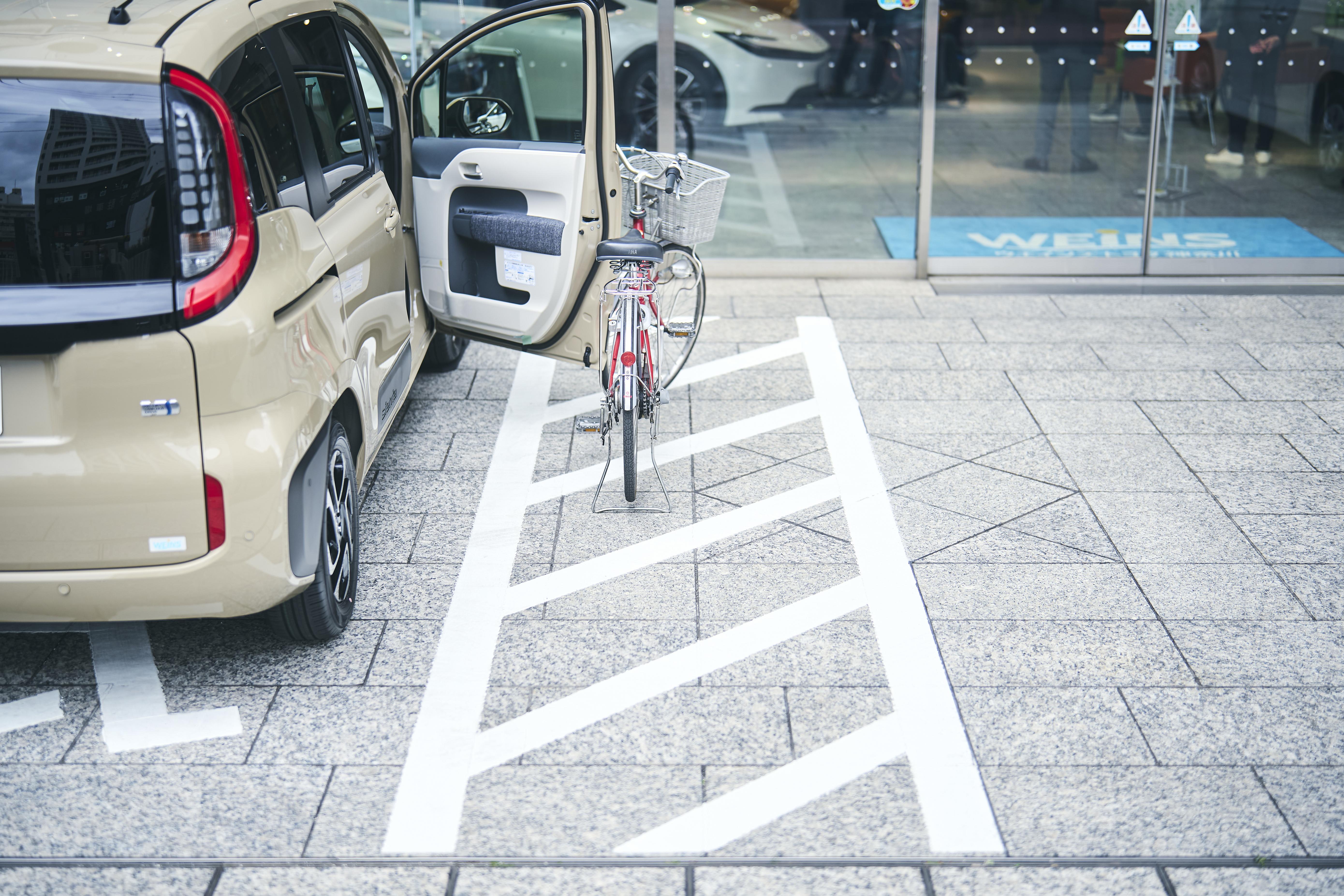
Along with Suzuki, two other wheelchair users also joined us that day: Masato Yamada and Yoshinori Nakagaki from Toyota Loops, a special Toyota subsidiary that is expanding employment opportunities for people with disabilities.
Since this problem plagues more than 90% of wheelchair users, they understandably echoed Suzuki’s sentiments.
Yamada: “It happens all the time.”
Nakagaki: “The worst situation is coming back to find the car next to me jutting into the zebra zone. When that happens, your only options are to go back inside and request that an announcement be made, or wait a long time…”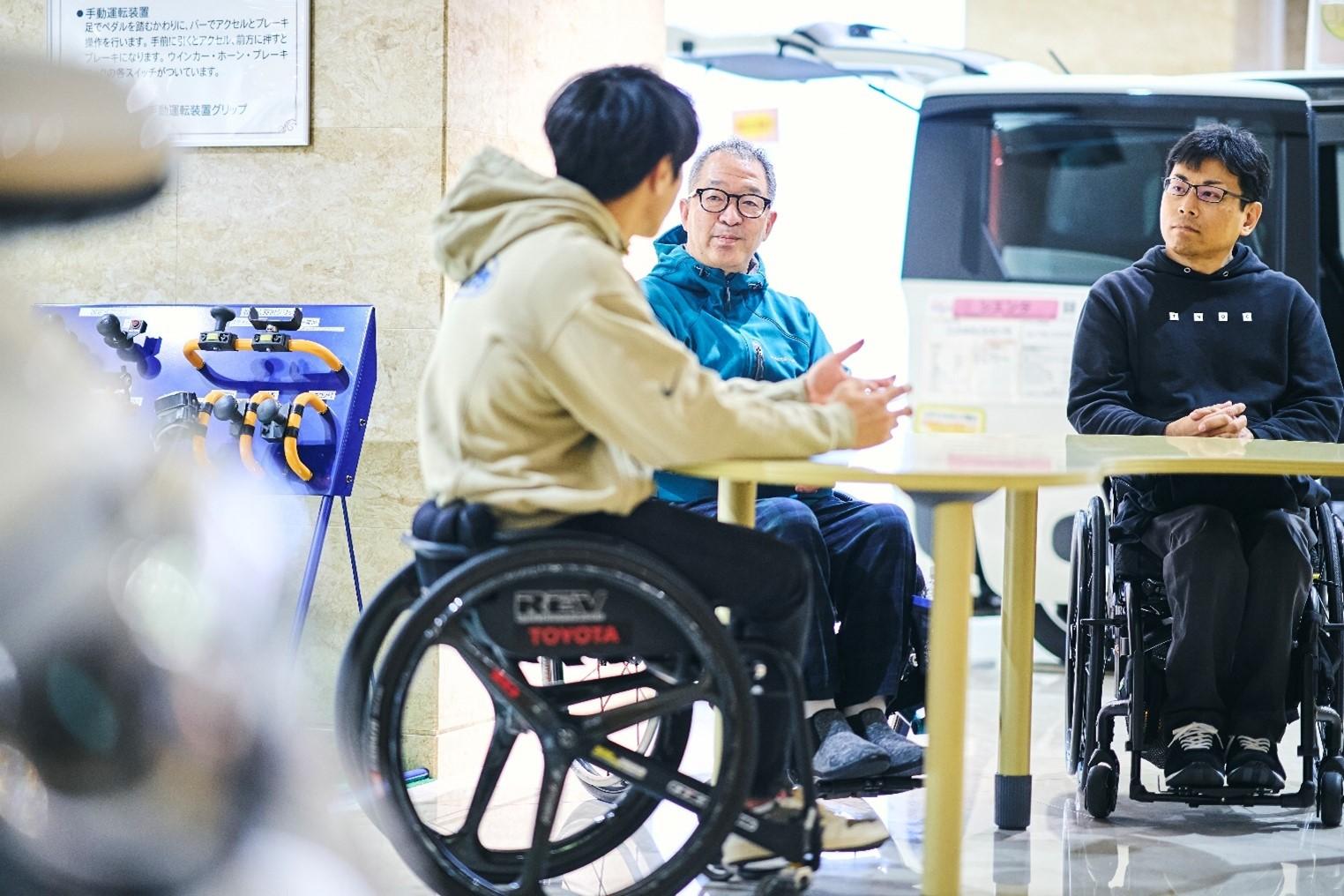
The difficulties don’t end there…
During the conversation, many other problems also came to light.
For one, there’s no telling whether a wheelchair-accessible spot will be free until you arrive at the destination. At times, this means having to return home for lack of a parking space. People may even be using these spaces to wash their cars or change tires.
To hear more perspectives, Toyota Times also spoke remotely with para-alpine skier/para-athlete Momoka Muraoka and para-alpine skier Taiki Morii. They voiced similar troubles, making us keenly aware of how little attention is normally paid to the experiences of wheelchair users.
In the past, I’ve damaged my wheelchair and car while trying to somehow fit in tight parking spaces. That’s always a big shock.

They also pointed to a common difficulty that other people tend to overlook: traffic cones like the one pictured at the top of this article.
These are often placed in a well-intentioned effort to secure parking spaces for wheelchair users. So what’s wrong with that? On the next page, a video of Suzuki getting out of his car makes the problem instantly clear.

